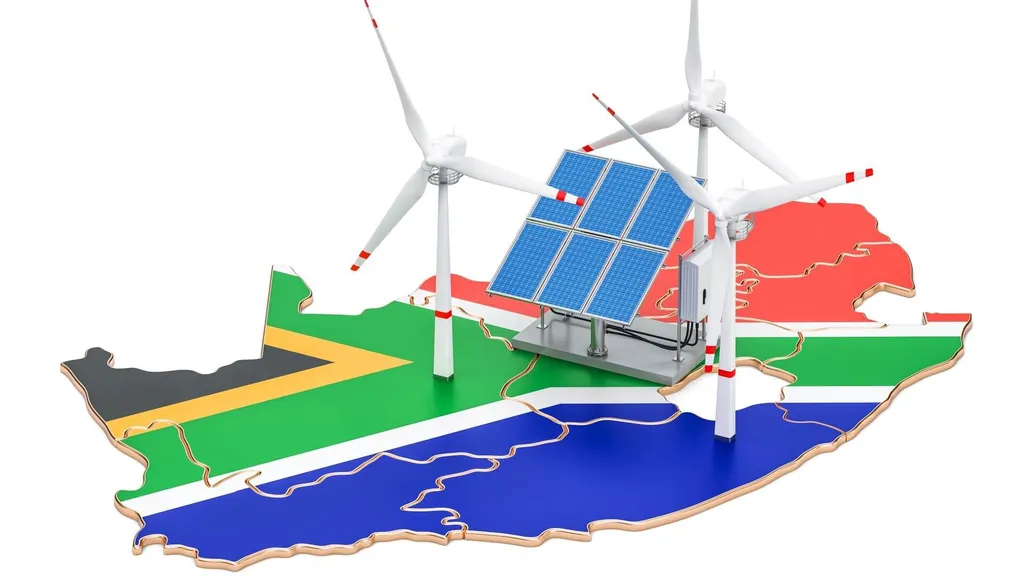In the quest for a greener future, researchers are tackling the challenges of integrating renewable energy sources into isolated, low-inertia systems. A recent study published in the journal “IEEE Access” offers a promising methodology to decarbonize such systems, focusing on frequency support during contingencies. The lead author, Andre G. P. Alves from the Electrical Engineering Department at Universidade do Estado do Rio de Janeiro, Brazil, and his team have developed a technical approach that could significantly impact the energy sector, particularly in isolated grids.
The research proposes a strategy that combines Renewable Energy Sources (RES) and Battery Energy Storage Systems (BESS) to provide frequency support. Specifically, it leverages Synthetic Inertia (SI) from Wind Power Plants (WPP) and Fast Frequency Response (FFR) from BESS to mitigate the Rate of Change of Frequency (RoCoF) during system disturbances. “The key innovation here is the analytical design of the BESS to provide the desired FFR without relying on complex formulations or optimization methods,” Alves explains. This simplicity makes the solution more practical and easier to implement.
One of the standout findings is that the BESS’s FFR has a more substantial impact on mitigating RoCoF compared to the WPP’s synthetic inertia. This is due to the lack of power ramping requirements for the BESS, which allows for a faster response. “The established design criterion is conservative, and the enhancement in RoCoF values is above the expected,” Alves notes. This means that the system can handle frequency fluctuations more effectively than initially anticipated, which is crucial for maintaining grid stability.
The implications for the energy sector are significant. Isolated, low-inertia systems, such as those found in offshore oil and gas operations, often face challenges in maintaining frequency stability when integrating renewable energy sources. The methodology proposed by Alves and his team offers a robust solution to these challenges, paving the way for more reliable and sustainable energy systems. “Real-time simulation results validate the proposed methodology for an offshore industrial application within the Oil & Gas industry,” Alves states, highlighting the practical applicability of their findings.
This research could shape future developments in the field by providing a clear, analytical approach to designing BESS for frequency support. As the energy sector continues to shift towards renewable sources, the need for effective frequency regulation becomes increasingly important. The methodology proposed in this study offers a promising path forward, ensuring that isolated, low-inertia systems can operate reliably and sustainably. By simplifying the design process and enhancing system performance, this research could accelerate the adoption of renewable energy sources in challenging environments, ultimately contributing to a more decarbonized future.

